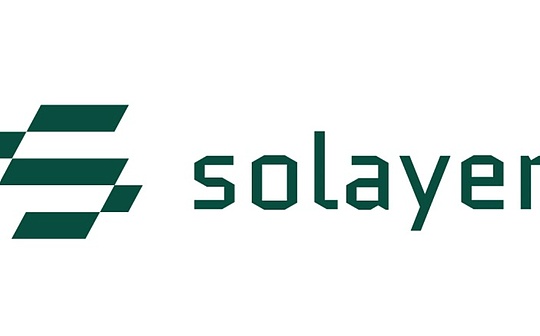
Author: Haotian Source: X, @tmel0211
See Solayer is about to launch its own SVM native cross-chain bridge.To be honest, in the context of the continuous hacking of cross-chain bridges and the interconnection of thousands of chains, talking about “cross-chain bridges” always makes people feel nervous.So what are the different ideas about Solayer this time?Tell me what I understand:
1) Unlike traditional cross-chain bridges that rely on multiple signs or relay nodes, Solayer adopts SVM native proof-based mechanism.Simply put, it generates cryptographic proofs of asset transfers directly at the Solana virtual machine level, rather than relying on the “honest assumption” of external validators.Specifically:It adopts database-free architecture + pure PDA (Program Derived Address) logic.Traditional cross-chain bridges usually require maintaining a centralized database to record cross-chain status, which has become the key target of hackers.PDA is a unique deterministic address assignment mechanism of Solana. All states exist directly on the chain and are derived through program logic.For example, it is like changing the password of a safe from a paper to derivation of mathematical formulas – even if the hacker gets some information, he cannot do evil without a complete on-chain state.
2)Solayer introduces Guardians mechanism, using stateless operations——The Guardian does not make any assumptions about the historical state.More importantly, it sets an instance bridge cap limit, which can control the loss range even if there are security issues.In response to this, the Fuzzland team conducted formal verification of the entire system, which is equivalent to using mathematical methods to prove the correctness of the code logic, rather than relying on tests alone.Coupled with on-chain playback protection, 24/7 abnormal monitoring and real-time alarms, multiple protections are built at least at the theoretical level.
3) Solayer supports Cross-Chain Calls and Combinable Hooks functions.Through Hooks, developers can automatically trigger arbitrage, clearing and other on-chain operations after transactions.If this composable performance is combined with cross-chain functions, it will indeed open up many new ways of playing.
above.
Of course, it is not without challenges. The design without whitelisting does lower the threshold. In theory, any token can be bridged, which undoubtedly brings security challenges and regulatory risks. At the same time, old cross-chain bridges such as wormhole have been deeply rooted in the Solana ecosystem for a long time, and it is not easy for Solayer to grab market share.There is technological innovation, but in the end, the cross-chain bridge track still needs to use real money to verify security.







